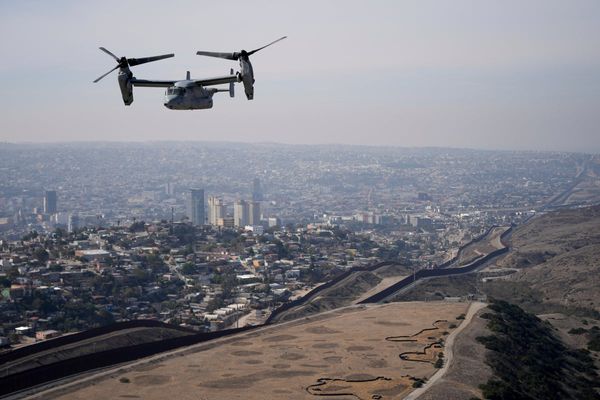
The Morrison government delayed a key electricity pricing update until after the election, which left Australian voters in the dark over upcoming changes to their electricity bills.
The Australian Energy Regulator (AER) has been required to release its so-called default market offer (DMO) on 1 May each year since the “price safety net” was introduced in July 2019.
But last month, the government amended regulations so the new price for the coming year would be released this Thursday.
Coalition leaders argued during the campaign that power prices were lower under their management.
The former treasurer, Josh Frydenberg, in his final budget in March claimed “the government’s actions have helped reduce residential electricity costs by 8% and small business costs by 10% over the past two financial years”.
Wholesale prices, though, had more than doubled in the year to March and have increased further since. Generation costs typically account for about one-third of retail bills and the recent spike in spot prices will be reflected in higher charges soon.
Obligatory electricity price reminder: they are still Very High. pic.twitter.com/3NYzx5cW0J
— Dylan McConnell (@dylanjmcconnell) May 23, 2022
According to the AER, the direction to change the regulation was made on 31 March. The offer delay until the “first business day after 25 May [was] to provide more time for the AER to include the most recent network costs in the final price determination,” it said on its website. “This change will ensure greater accuracy in price determinations.”
Dylan McConnell, an energy specialist at the University of Melbourne, argues “it’s hard not to see this through a political lens”. “They didn’t want this increase [announced] during the election campaign,” he said.
A spokesperson for the outgoing energy minister Angus Taylor said he rejected the claims of a delay for political reasons.
He said since the DMO was established three years ago, more than 680,000 Australian families and small businesses were paying less on their electricity bills.
“Households on standing offers are up to $778 per year better off [or] 24%,” the spokesperson said. “For small businesses, [they are] up to $3,105 per year better off or 25%.”
The incoming energy and climate minister, Chris Bowen, declined to comment as he was awaiting a formal swearing-in and had yet to be briefed by the department.
The DMO sets a price cap on how much retailers can charge consumers on default plans – known as standing-offer contracts. “These are contracts consumers find themselves on when they have not actively shopped around or switched to a new plan,” the AER states.
The default market offer also acts as a benchmark that retailers must use when advertising their electricity offers to customers. Retailers in their consultations with the AER had complained that the delayed offer date cut almost in half the time they had to inform customers of the offer before it comes into effect on 1 July.
Victoria, which sets its own default offer, released its reset for 2022-23 on Tuesday, lifting the price by 5%. That increase will affect 200,000 households and 50,000 small businesses – amounting to about 7% of households and 16% of small businesses – that are on standing offers.
McConnell said the Victorian increase would likely be exceeded in other states because the main fuel of its power plants, brown coal, had not risen in price as much as black coal used in Queensland and New South Wales. Even so, most plants had long-term prices locked in and so would not be faced with sharply higher costs to pass on to customers.
Bruce Mountain, head of the Victoria Energy Policy Centre, said there was “no doubt” the delayed offer was driven by the timing of the election.
“Prices have now been at extraordinary levels – hovering just below $300/megawatt-hour for longer than ever in the national electricity market’s history,” Mountain said.
“This is becoming a train smash for small retailers, several of whom are refusing to take on new customers and are trying to encourage some of their existing customers to leave. I think this is likely to be disastrous for retail competition.”
Mountain said the increase in the DMO could be as much as 15% or higher – with the prospect of a reset in another six months if not sooner.
Other nations are facing similar if not bigger pricing pressures after Russia’s invasion of Ukraine and subsequent sanctions sent energy prices rocketing. Britain’s regulator lifted the price cap by 54% in April, with another 40% increase expected next month, Mountain said.
According to the Australian Bureau of Statistics, electricity makes up just over 2.5% of the basket of goods used to determine consumer price inflation. Further power price increases will likely add to inflation that is now steaming ahead at the fastest pace in 13 years by some measures, prompting the Reserve Bank to lift interest rates earlier this month, with more increases very likely to come.







